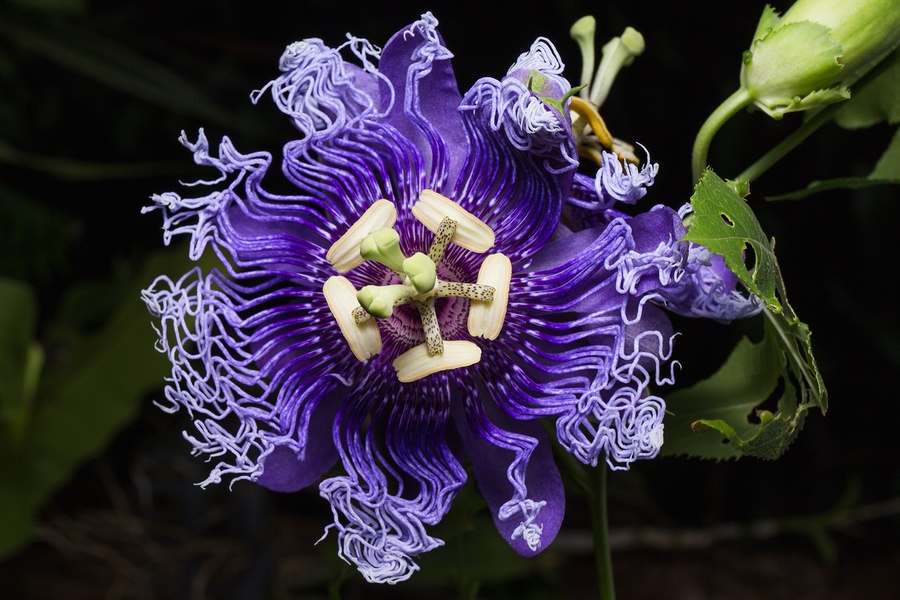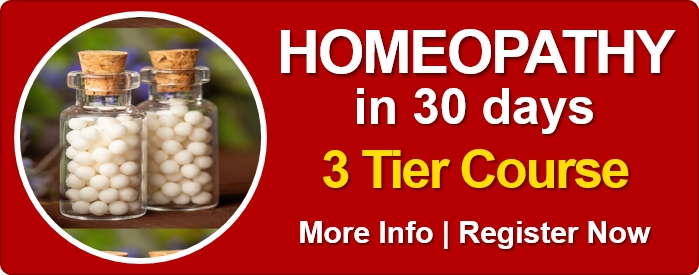Know Your Remedies: Passiflora Incarnata (Passi.)
 Common Names: Maypop; purple passionflower; wild passion vine.
Common Names: Maypop; purple passionflower; wild passion vine.
General Information
Within homeopathy, Passiflora Incarnate (Passi.) is used in mother tincture and potencies to relieve types of insomnia, and for its quieting and antispasmodic effect on the nervous system. It’s been clinically useful during types of whooping cough, puerperal fever, morphine withdrawal, and delirium tremens from alcohol withdrawal when spasmodic effects have been present. Mental-emotional Symptoms
- Types of hysteria – especially when accompanied by spasms or convulsions.
Headache
- Violent ache in which the top of the head feels as though it will come off.
- The eyes feel pushed out.
Gastrointestinal Problems
- Leaden, dead feeling in the abdomen – after or between meals.
- Flatulence (gassiness) and sour burping or belching.
Sleep Problems
- Restless and wakeful sleep following exhaustion.
- Sleeplessness of infants, the elderly, or those in weakened states.
For Pets
- Sleeplessness with restlessness and nervousness.
Where do I find it?
Passiflora Incarnata (Passi.) is available from our online store as a single remedy.
Home Treatment Guidelines
Acute, Self-Limiting Conditions
Conditions like colds or minor injuries, which are short-term and typically improve on their own, can be managed at home with homeopathy. However, in emergencies or if symptoms worsen, contact your healthcare provider.
Chronic Conditions
These home treatment instructions do not apply for ongoing issues, whether mentioned above or not, like persistent allergies or chronic pain. You should consult a qualified homeopath for a personalized treatment plan to achieve the best results with homeopathy for chronic conditions.
How to Take the Remedy for Acute Conditions
- Take one pill or five drops of the remedy. The frequency depends on symptom severity. As examples:
- For life-threatening symptoms, take every 1 minute and seek emergency help immediately.
- For mild symptoms, take every 4 hours.
- Stop taking the remedy once you feel better. Resume if symptoms return.
- If no improvement after four doses, choose a different remedy or consult a professional homeopath.
- For more details on dosing, refer to: How Often to Dose with a 30C Homeopathic remedy.
- For information on the different potencies, read: Guidelines on which potency to use




